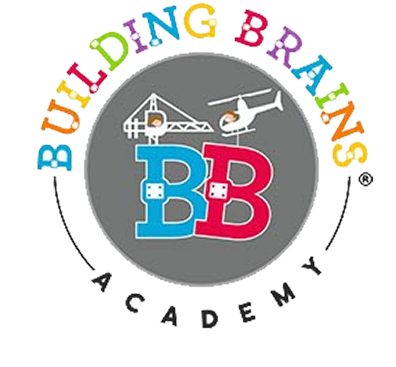Why Immersion? Children learn a language intuitively by being immersed in it. We all learned this way from our parents, and it is the simplest and most effective way to learn a new language.
The quantity of words a child is exposed to and the frequency of exposure have a direct influence on how fast that child will learn a language on both a receptive and an expressive level.
In an immersion program, the language to be learned is the vehicle for instruction, not the subject of instruction. Our method involves immersing children in a foreign language in a fun and exciting environment. Studies have consistently shown that kids who speak more than one language are better problem solvers and creative thinkers. There are also plenty of cultural and social benefits to bilingualism, as it opens the senses to understanding and experiencing other cultures more fully.
Bilingualism has a positive effect on intellectual growth and enriches and enhances a child’s mental development. Children develop more flexibility of thought, greater sensitivity to language, and a better ear for listening—and, as a result, they become better learners.
Apart from the direct benefits of becoming bilingual, this model supports enhanced mental development, a greater appreciation for other cultures, and broader opportunities in the future.
Cognitive Skill Development
“Bilingual children develop the ability to solve problems that contain conflicting or misleading cues at an earlier age, and they can decipher them more quickly than monolinguals. When so doing, they demonstrate an advantage with selective attention and greater executive or inhibitory control. Bilingual students also display greater facility in learning additional languages when compared with monolinguals.”
*Center for Advanced Research on Language Acquisition
University of Minnesota’s Center for Advanced Research on Language Acquisition has found that children in language immersion programs benefit in many ways, including the following:
- When compared with students in other types of language programs, immersion students who begin the program as English speakers consistently develop native-like levels of comprehension, such as listening and reading skills, in their second language.
- Student in immersion programs perform better on standardized tests.
- These students test at or above their grade level and match or exceed the achievement of monolingual peers with similar demographic profiles.
A recent Cornell University study indicates that the benefits of learning more than one language are expansive. Among them:
- Improved problem solving skills, analytical and critical thinking, creativity and flexibility of cognitive functions
- Expanded cultural knowledge and greater appreciation of other cultures
- Increased job opportunities in many careers
- Heightened communication skills
- Better outcomes in seemingly unrelated academic areas, such as mathematics and logic, compared with monolingual children
- Earlier development of good interpersonal understanding and social skills
To access the full article: https://news.cornell.edu/stories/2011/07/bilingualism-seems-boost-tots-minds
“One language sets you in a corridor for life.
Two languages open every door along the way.”
‒Frank Smith (Renowned Psycholinguist)
“The Total Immersion Method is the most effective way
of developing foreign language proficiency”.
–ERIC (Educational Resource Information Center)
Why French?
More than 220 million people speak French on five continents. French is the second most widely learned foreign language after English, and the sixth most widely spoken language in the world. The ability to speak French and English is an advantage on the international job market. French is the international language of cooking, fashion, theater, the visual arts, dance, and architecture.
Schedule a Tour Enroll NowWhy Mandarin?
Mandarin Chinese is the most widely spoken world language, used regularly by more than a billion people. Knowing the language can open many cultural and career opportunities. China has a booming economy and a status as a rising global superpower. Over the last 35 years, China has transformed itself from an impoverished country into one of the largest global economies.
Schedule a Tour Enroll NowWhy Spanish?
Spanish is spoken by an estimated 350 million or more people around the world and is the fourth most commonly spoken language worldwide. In terms of geographical proximity, it makes sense to learn Spanish if you live in the U.S., because it is the language of the vast majority of our neighbors in the Western Hemisphere. Spanish is also a language that can be used frequently at home, as 17 percent of U.S. residents (and growing) are Hispanic.
Schedule a Tour Enroll Now
